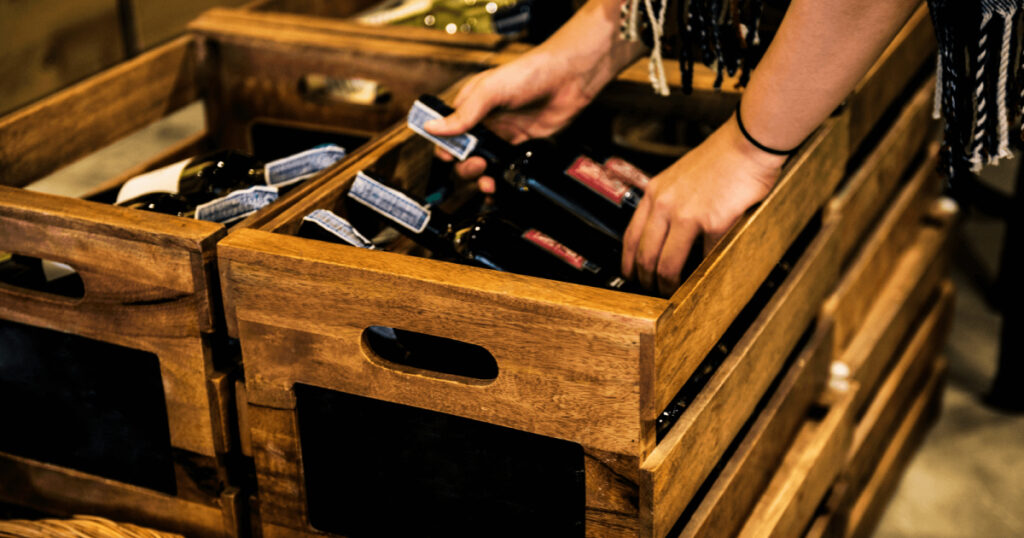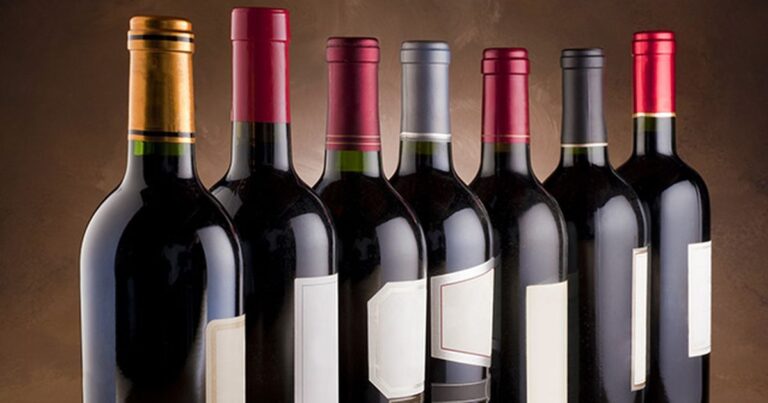Discover the Hidden Count: How Many Bottles Are in a Case of Wine?

How-Many-Bottles-Are-in-a-Case-of-Wine?
Table of Contents
ToggleWhen it comes to buying wine, the term “case” might seem straightforward, but it hides a surprising amount of detail. Have you ever wondered just how many bottles are in a case of wine? Whether you’re a wine enthusiast, a collector, or someone preparing for a special event, understanding the contents of a wine case can save you time, money, and even help you make smarter decisions when selecting wine. Let’s explore this hidden count and uncover what you truly get how many bottles are in a case of wine?
The Standard Wine Case – What’s Inside?
At first glance, the term “case of wine” might suggest that it’s a simple, uniform package of bottles, but the truth is a bit more nuanced. In most countries, the standard case of wine contains 12 bottles, each typically holding 750 milliliters of liquid. This is the most common and widely accepted size for wine cases, especially for retail and wholesale purchases.
However, while a 12-bottle case is the norm, there are exceptions and variations depending on the region, the type of wine, or even the producer’s preferences. Let’s take a deeper dive into some of the factors that may affect the count in a wine case.
Why 12 Bottles? The Tradition Behind It
The tradition of a 12-bottle wine case dates back to the early days of wine shipping and distribution. In the 1800s, cases were designed to be manageable and fit well within shipping crates, which were standardized to certain sizes. Since 12 was a practical and convenient number for both packing and transporting wine, it became the established standard. This number has stuck around ever since, even as wine production and distribution methods have evolved.
What About Other Quantities?
While 12 bottles per case is the most common, there are other sizes to consider:
- 6-Bottle Case: Often seen in boutique wineries or for specialty wines, this smaller case offers flexibility for those who prefer to buy in smaller quantities. It’s especially useful for high-end wines or limited-edition releases where customers might want to try a few bottles before committing to a full case.
- 15-Bottle Case: Less common but still available, some wine distributors offer 15-bottle cases. This option is usually a bulk purchase for those looking to stock up on one particular variety or brand.
- 24-Bottle Case: In some markets, especially for high-volume buyers or restaurants, a 24-bottle case may be offered. This larger case can be ideal for events or bulk wine purchases, reducing the need for multiple transactions.
- Magnum and Larger Bottles: For those who want to indulge in something truly unique, bottles such as Magnums (1.5 liters) or even Jeroboams (3 liters) are available. While these are not typical cases, they can still be part of a larger wine purchase. In these cases, the total number of bottles in the case will be fewer, but the volume per bottle will be larger.
Factors That Can Affect the Number of Bottles in a Case
While 12 bottles are the gold standard, a few variables may alter the count. Here’s what to keep in mind:
- Type of Wine: Some wines, particularly premium ones, might be packaged in smaller cases due to their rarity or cost. Boutique wineries may sell wines in 6-bottle cases, while larger producers may stick to 12 bottles.
- Packaging and Size: Packaging designs for wine can differ. For example, certain wines packaged in larger bottles, such as magnums, will naturally reduce the number of bottles per case. A case containing Magnum-sized bottles might only hold 6 bottles instead of 12.
- Geography: Different countries or regions may have slightly varying standards for wine cases. In the U.S., the 12-bottle case is common, but in other places, such as Europe, 6 or even 24-bottle cases may be standard.
Why Does It Matter?
Understanding the contents of a wine case isn’t just for wine enthusiasts who want to stock their cellars—it’s also essential for anyone looking to purchase wine for events, gifts, or personal enjoyment. Knowing how many bottles you’ll get in a case helps you make informed decisions about quantity, pricing, and even storage.
- Cost Considerations: Buying in bulk (i.e., in a case) is often more cost-effective than purchasing individual bottles. The price per bottle tends to be lower when you buy a case, so understanding the number of bottles in a case can help you gauge whether the purchase is worth it.
- Storage Needs: Wine storage can be tricky, especially if you’re not sure how much space you’ll need. A case of 12 bottles will take up a certain amount of room, but if you’re buying 6 or 24 bottles, the storage requirements change. Make sure your wine cellar, refrigerator, or wine rack can accommodate the case size.
- Gift Giving or Event Planning: Whether you’re buying wine as a gift or for a special event, knowing how many bottles come in a case helps you determine if you’ll need more than one case to meet your needs.
Conclusion
Now that you know the hidden count behind a case of wine, you’re ready to make more informed purchasing decisions. Whether you’re buying wine for your own collection or preparing for a special occasion, understanding how many bottles are in a case is key. While the standard is typically 12 bottles, there are plenty of variations to consider based on your needs. Remember, a case of wine isn’t just about the quantity—it’s about the experience that each bottle delivers. So next time you’re out shopping for wine, you’ll be better equipped to select the right case for your occasion, and perhaps even impress your fellow wine lovers with your newfound knowledge!
For more detailed information, please visit our blogs.






